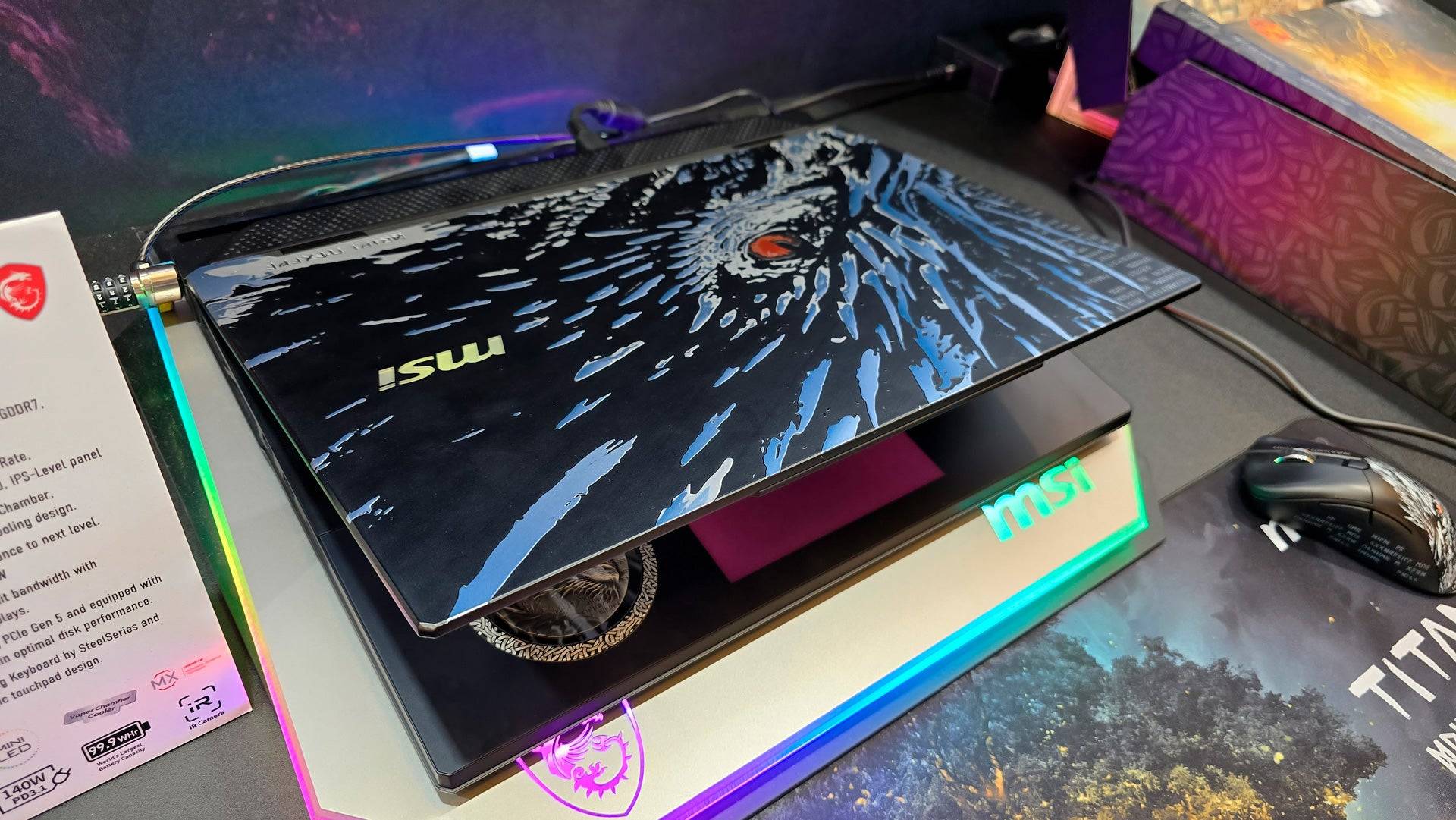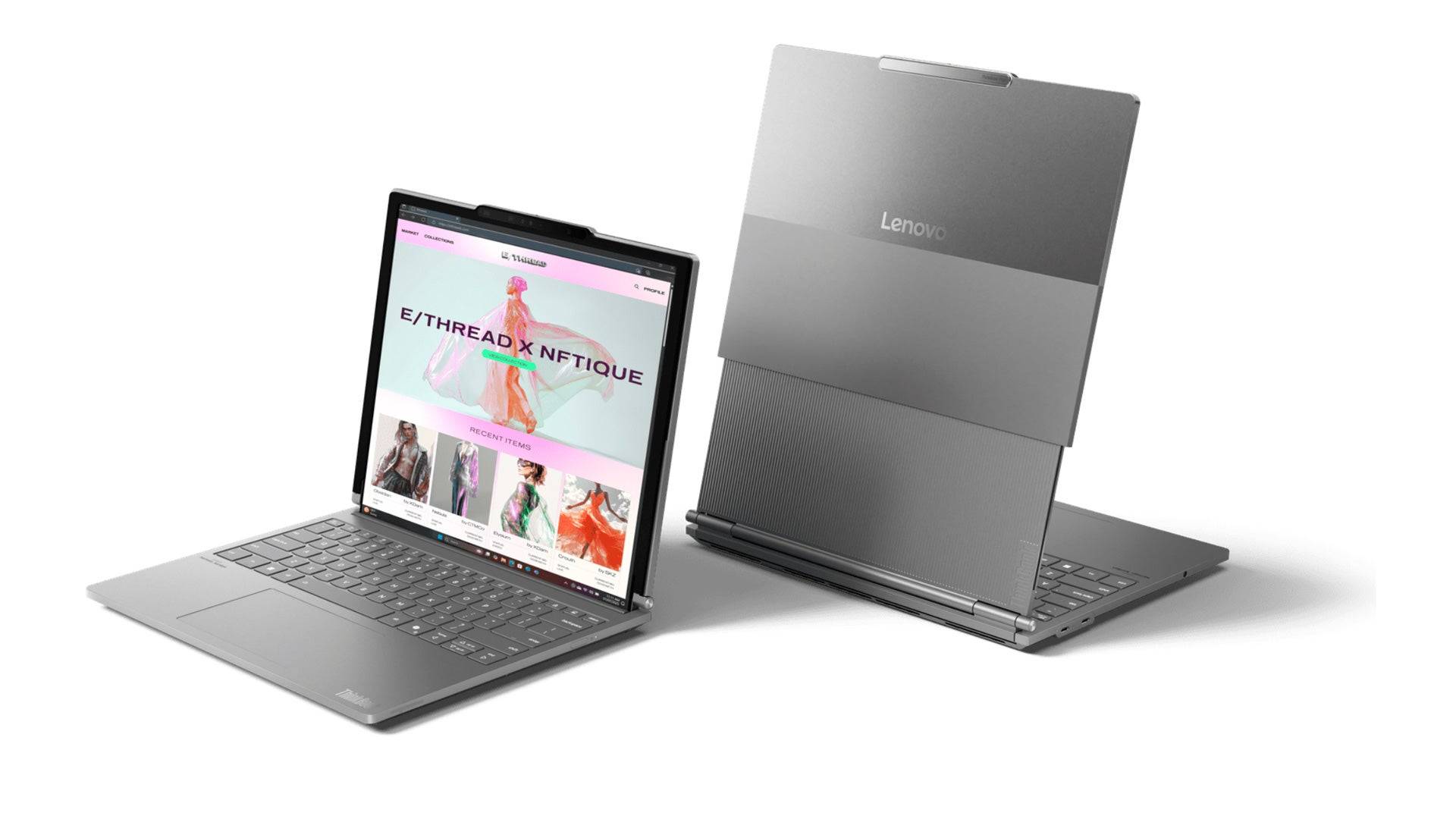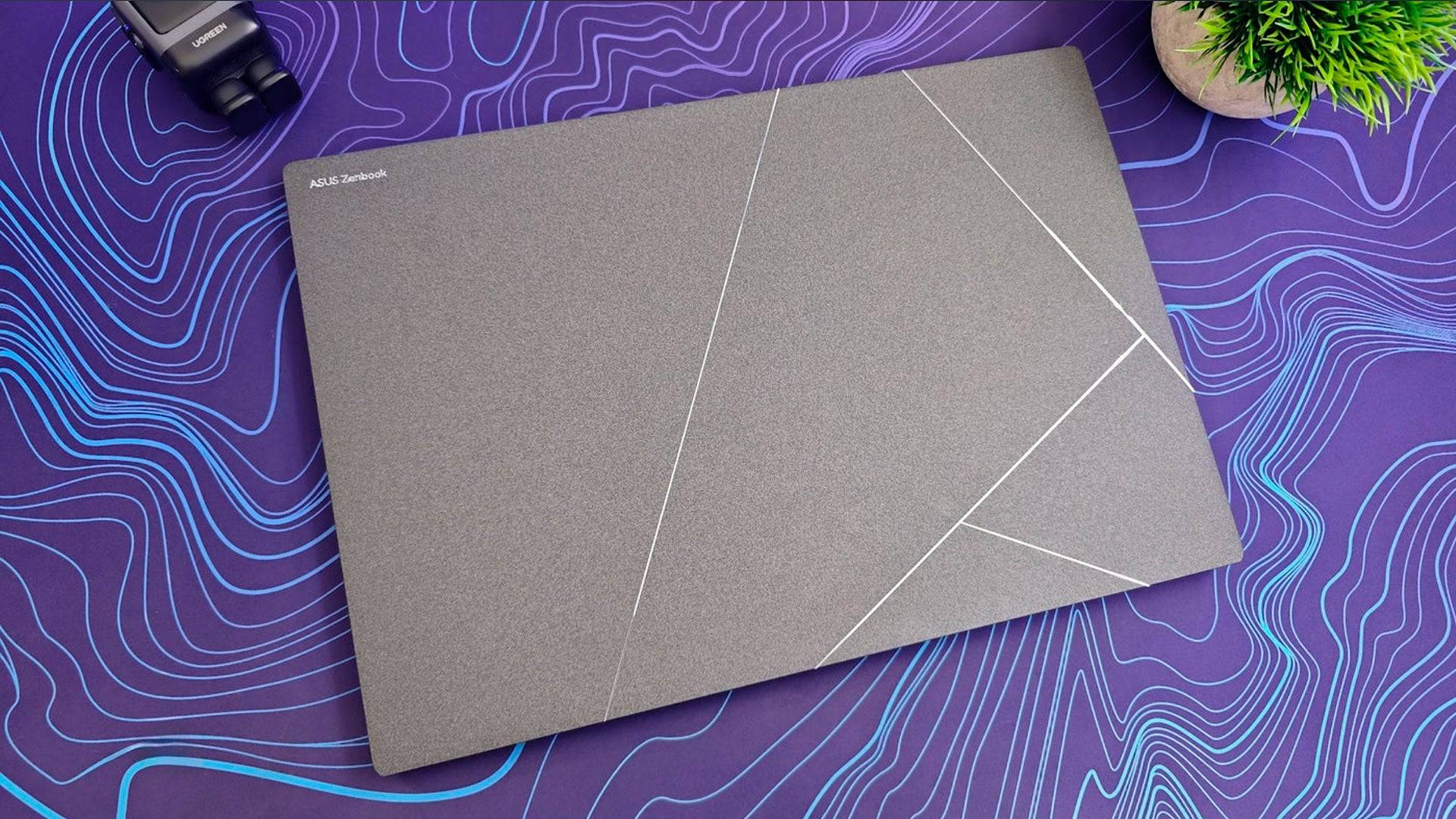CES is always a hotspot for laptop unveilings, and this year was no different. I meticulously explored the show floor and various suites and showrooms to pinpoint the most significant trends in gaming laptops for this year. Here's a rundown of the key themes that emerged for gaming laptops at CES.
A Huge Diversity of Designs
Gaming laptops have long been known for their varied styles, but this year's showcase felt particularly diverse. Brands like Gigabyte and MSI are increasingly blending productivity with gaming, suggesting that high-end gaming laptops need to offer something beyond just hardware prowess.
This year, expect to see gaming laptops spanning a broader spectrum of designs. For instance, the Gigabyte Aero series offers sleek, professional aesthetics that could easily fit into a business environment. On the other end, models like the MSI Titan 18 HX AI Dragonforged Edition proudly display bold graphics on their lids, signaling their gaming pedigree.
 RGB lighting continues to be a staple in many gaming laptops, with innovations like wrap-around lighting rings, illuminated mechanical keyboards, side-lights, rear-lights, and trackpad lights. The Asus ROG Strix Scar series, in particular, caught my eye with its AniME Dot Matrix LED display on the lid, capable of showcasing text and animations through a series of white LEDs.
RGB lighting continues to be a staple in many gaming laptops, with innovations like wrap-around lighting rings, illuminated mechanical keyboards, side-lights, rear-lights, and trackpad lights. The Asus ROG Strix Scar series, in particular, caught my eye with its AniME Dot Matrix LED display on the lid, capable of showcasing text and animations through a series of white LEDs.
While the core design principles remain unchanged, look out for intriguing novelties alongside the traditional range of bulky, powerful laptops to slim, portable ones equipped with top-tier hardware.
 AI Assistants are Coming
AI Assistants are Coming
Last year, AI started making waves in laptop features, but the implementations were often underwhelming. This year, several manufacturers showcased AI Assistants designed to control your PC effortlessly without manual software interaction.
During one demonstration, an MSI representative used a chatbot to specify the desired game type, and the assistant automatically adjusted the performance mode to its peak setting, matching the game's intensity. However, I remain skeptical about the real-world efficiency of these systems. They seem designed to work offline, but I'm not convinced they're any faster than manually adjusting settings. We'll need to see how these features perform once they're released.
Mini-LED, Rollable Displays and Other Novelties
Mini-LED technology is finally gaining traction in gaming laptops. Asus, MSI, and Gigabyte showcased Mini-LED models with top-of-the-line specs and prices. Previously, the technology required further refinement, but the laptops I saw this year were stunning, boasting over 1,100 local dimming zones to minimize blooming and enhance contrast, along with high brightness and vibrant colors. Although OLED still leads in contrast, Mini-LED's lack of burn-in risk and higher sustained brightness make it a promising contender for future models.
Among the novelties, the ASUS ROG Flow X13 made a comeback with eGPU support through USB4, eliminating the need for proprietary connections. Asus showcased it paired with a new eGPU that could feature up to an RTX 5090, resembling a Microsoft Surface on steroids.
 Asus also displayed the Zenbook Duo, a dual-screen productivity laptop, but Lenovo stole the show with the Lenovo ThinkBook Plus Gen 6 Rollable, the first laptop to feature a rollable OLED display. A button press extends the 14-inch screen by an additional 2.7 inches, though it looks somewhat awkward. As a first-generation product, durability concerns exist, but its market availability and potential for improvement are exciting prospects.
Asus also displayed the Zenbook Duo, a dual-screen productivity laptop, but Lenovo stole the show with the Lenovo ThinkBook Plus Gen 6 Rollable, the first laptop to feature a rollable OLED display. A button press extends the 14-inch screen by an additional 2.7 inches, though it looks somewhat awkward. As a first-generation product, durability concerns exist, but its market availability and potential for improvement are exciting prospects.
Ultrabooks Continue to Rise, Even for Gaming
Ultrabooks are increasingly prominent, even within gaming line-ups. Major manufacturers now offer ultrabook-style gaming laptops, characterized by their slim, lightweight, and minimalist designs. Gigabyte, for instance, revamped its Aero series to fit this mold, and the models I saw were impressive.
This trend makes sense if you don't need to run the latest games at max settings. Ultrabooks provide a portable solution for gaming while excelling in productivity, as my review of the Asus TUF Gaming A14 last year demonstrated. It's possible to integrate dedicated graphics cards without compromising portability.
 Moreover, with the latest AMD and Intel processors, even integrated graphics can handle relatively demanding games, especially with features like AMD FidelityFX Super Resolution and Intel XeSS enhancing performance. This capability raises questions about the necessity of lower-end GPUs like the RTX 4050M for casual gaming.
Moreover, with the latest AMD and Intel processors, even integrated graphics can handle relatively demanding games, especially with features like AMD FidelityFX Super Resolution and Intel XeSS enhancing performance. This capability raises questions about the necessity of lower-end GPUs like the RTX 4050M for casual gaming.
Cloud gaming services like Xbox Cloud Gaming and Nvidia GeForce Now offer another avenue for gaming on these ultrabooks, providing high-quality gaming experiences without the need for a dedicated gaming laptop.
The gaming laptop landscape at CES showcased exciting developments, and we'll continue to cover these trends throughout the year. What caught your attention? Share your thoughts in the comments below!






